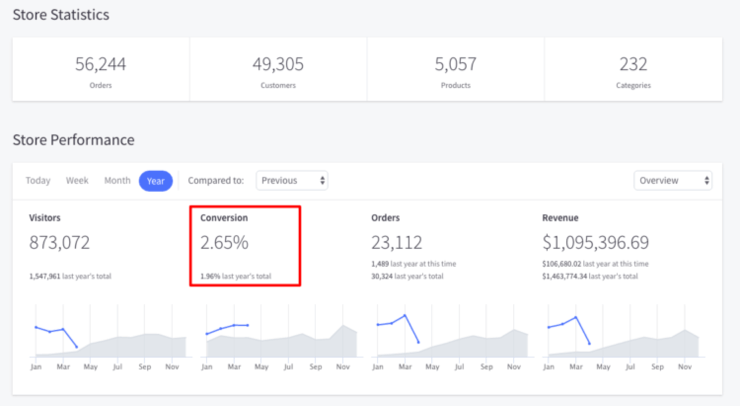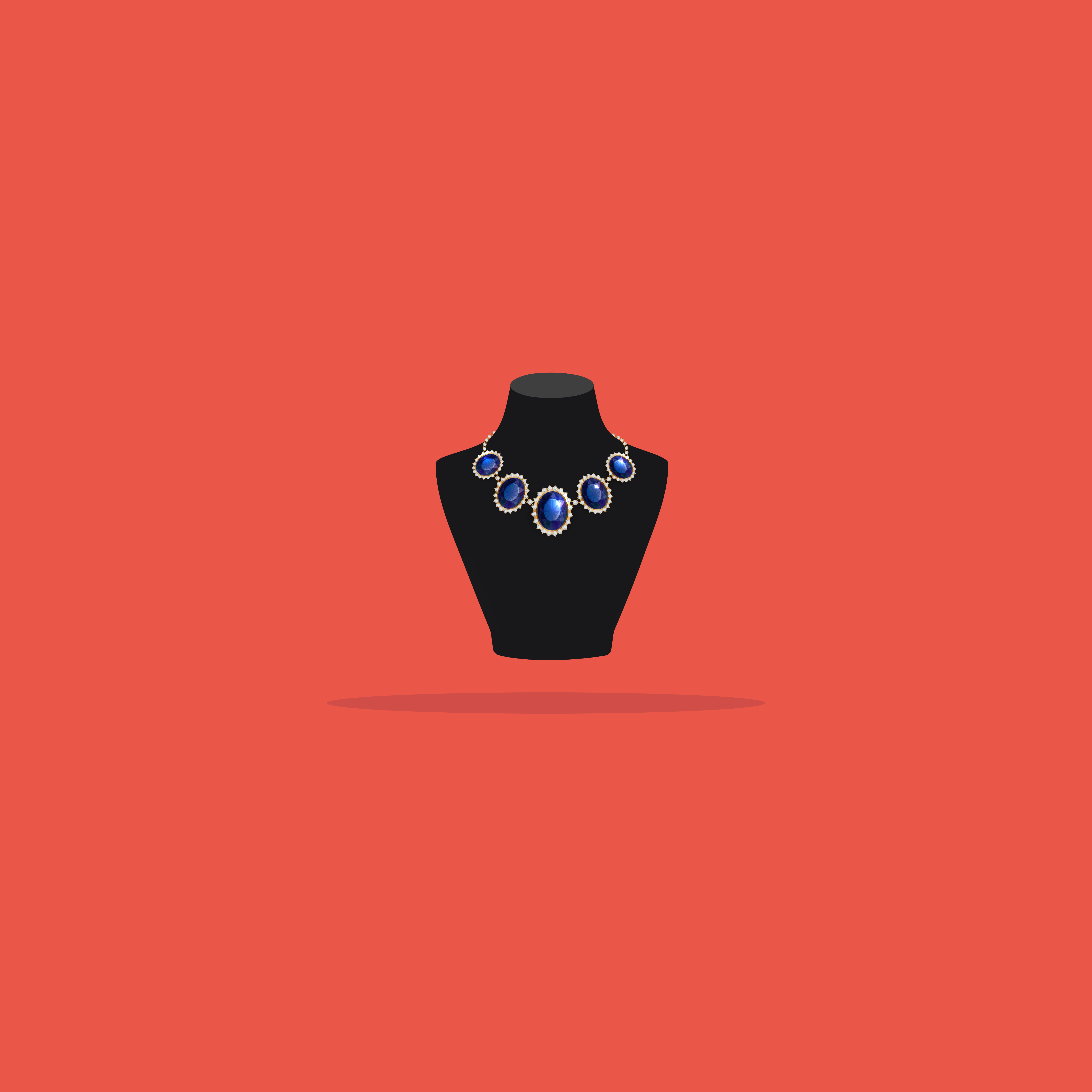Our websites use cookies. By continuing, we assume your permission to deploy cookies as detailed in our Privacy Policy.
How To Improve Your Shopify Store Conversion Rate
It goes without saying that giving a traffic boost to your Shopify site is likely to generate more sales. However, leveraging just a few smart Shopify conversion optimisation tips can lead to even more sales on Shopify. In other words, since driving more traffic doesn’t necessarily translate into higher Shopify conversions, digital marketers choose to focus on how to optimise Shopify conversion rates.
This article will discuss how to improve Shopify Conversion Rate Optimisation, otherwise known as Shopify CRO, and how to get more sales on Shopify. One of the first things on your agenda while working to increase your Shopify conversion rates should be identifying how consumers interact with your store. This will help you greatly while making adjustments to your business strategy and page design.
How is Success Measured in the eCommerce Industry?
What good is advertising if you are not converting window shoppers into buyers? After all, improving and increasing conversion rates is the main goal in any paid advertising strategy. Optimising your conversion rate allows you to maximise every cent of your Pay Per Click (PPC) spent by capitalising on the point that convinces the maximum number of your prospects to make a purchase.
What is Average Conversion Rate (ACR)?
For eCommerce, the average conversion rate is the average percentage of website visitors who’ve made a purchase compared to the total number of visitors. However, keep in mind that a conversion can refer to any desired action the users take, such as signing up for the website’s services or clicking on a particular button. As a result, websites usually tend to have different conversion rate goals.
Now the question is this: What’s a good conversion rate? Is that high enough if you’re achieving conversion rates ranging from 3 – 10%? What is the average conversion rate? Across several industries in recent research, the average conversion rate for landing pages was about 2.36%, and the top at 26%, which converted at 5.32% or higher. Therefore, you ideally want to break into the top 10% — with conversion rates exceeding 11.50%.
What is Average Order Value (AOV)?
Average Order Value is a web-based business metric that estimates the average aggregate of each request put with a trader over a specified timeframe. AOV is one of the most critical measurements for online stores, driving essential business choices such as advertising budget, store design, and item valuing. AOV is resolved utilising deals per request, not deals per client. If by any chance one client returns on different occasions to make a purchase, each request is considered independent of one another while calculating AOV.
Average Order Value doesn’t portray net benefit or overall revenues, yet offers some knowledge of how those figures become. Let’s say an online fashion retailer is selling three different dresses at $29, $21, and $15, with an AOV of $19. This shows us two patterns in the consumer behaviour:
- Consumers are not purchasing multiple items.
- Low-end shirts account for the majority of sales.
What is Revenue per Visitor (RPV)?
Revenue per Visitor (RPV) is the estimated measurement of cash created each time a client visits your website. It is determined by isolating the total income by the number of online visitors and is a strategy for assessing the estimation of each extra guest. The income per guest is determined by dividing the total revenue earned during a given timeframe by the number of visitors during a similar period.
As a theoretical model, if your revenue for January is $10,000 and your site gets 2,000 visitors, your RPV would be 10,000 divided by 2,000 to give $5 per guest.
What is the Shopify Conversion Rate?
Shopify Conversion Rate is the number of purchases or the overall number of sessions. Of course, most visitors will take more than one session to purchase something. However, this is the standard proportion when calculating the conversion rate.
If your Shopify site has a transformation pace of somewhere in the range of 0.6% to 3.1%, you are average compared to this benchmark. However, under 0.3%, you are unquestionably failing to meet the benchmark’s conversion rate expectations.
How is Shopify Conversion Rate Calculated?
Calculating the Shopify Conversion Rate is relatively easy. You need to divide the number of conversions received in a given period by the total number of visitors and multiply by 100%. Learning how to calculate the Shopify Conversion Rate is the first step in improving Shopify conversions and Shopify success rate.
Conversion rate = [Conversions / total visitors] x 100%
How to Track the Shopify Conversion Rate
Shopify’s summary of conversion outlines a client’s past visits and provides a first glimpse into how to get the visitor to make a purchase. The summary of conversion shows up on the order page details and incorporates an overview of:
- Consumer’s overall number of orders in your store
- Consumers’ total visits to your store in the last 30 days
- Origin of consumer’s first store visit

8 Steps to Improve the Conversion Rates
1. Improving the User Experience
Everything that goes into making your online storefront is all about the shopping experience. So in a way, your landing pages are the online equivalent of a store window display, and the general website design is the online equivalent of a store design. This means you need to pay extra attention to the details of your website design.
For example, things like surprise costs or horrendous checkout procedures can stop a deal on its tracks. To improve the shopping experience exponentially, ensure you invest time in making a checkout procedure with your customers.
Use of colour
Colours are important visual cues in our everyday lives, and marketers are well aware of this. Specific colours make us at ease while others unnerve us. Using appropriate colour schemes for holidays is one of the oldest tricks in the marketing handbook. You cannot not think of Christmas when you see red, white and green together, can you?
However, it’s best not to overdo it with the colour usage and not take the risk of irritating your visitors. The most important thing here is to have an overall harmony.
Page speed
Site speed alludes to how quickly your site loads when somebody physically types in the URL or taps on a connection that guides them to your site. The standard load speed overall in countries and enterprises is about 8.6%, but it’s recommended to reduce the speed further to 3 seconds or less.
Site speed enhancement can put you in front of your rivals, which will improve your Google rankings. For example, if your site loads within 3 seconds and your competitor’s in 9 seconds, Google will show your content first. If you realise you have a moderately slow website, you have to consider potential offenders and resolve them efficiently to offer a seamless shopping experience.
When website navigation is done right, it’s great for your SEO performance as well as it is for your user experience. Perfect navigation eases the ways for crawling search engines and allows visitors to find whatever they’re looking for without getting overwhelmed or frustrated.
2. Mobile Optimisation
The usage of mobile devices has been rapidly increasing since 2015. Younger generations such as Millennials and Gen Z are especially fond of shopping through mobile channels. You might think, “Cool, but we already have a mobile version of our store/website.”. However, that’s not the point.
One major downside of mobile devices is that there are so many things a person could be doing! On average, people usually leave a website after 1.5 scrolls. Instead, they check other apps on their phones, such as Twitter, TikTok, Instagram, WhatsApp, etc. So you have to grab someone’s attention within that 1.5 scrolls.
AI Personalisation is the key to mobile optimisation. With the help of this technology, you can learn about the tastes and preferences of your visitors in real-time and use this information to improve those tastes further. Combining dynamic banners with personalised categories and products with static offers will undoubtedly hook the visitors in and help you boost sales.
Segmentify Personalised Recommendations increases your AOV by creating a highly curated shopping experience that will impress potential customers. Schedule a free demo to learn more about offering the right product or campaign to the right person at the right time through the right channel.
3. Trust Boosters
Online customers find it more challenging to choose a store to support because they simply have too many options and don’t know who to trust or who can provide a better experience. However, there are a few ways of communicating this with potential customers:
Social proof
We care about what others think of something; it’s perfectly natural. And we especially want to hear others’ opinions when we find it difficult to make a decision. Therefore, through customer reviews and images and videos, businesses can show potential customers that buyers are happy with their products and are willing to recommend them to others. This can also be translated onto social media platforms like Instagram, Facebook, and YouTube.
Affiliations with industry leaders
By showing off collaborations with industry titans, stores are more likely to cement themselves as the go-to for that industry. This helps develop a niche within which conversion rates can grow, streamlining marketing efforts and reaching the target audience.
4. Personalisation
The key to a successful personalisation strategy is not just about having the right customer information but also knowing how and where to use this information. Regardless of how large your customer base is, personalisation can increase customer retention and loyalty and boost your conversion rates. Here are a couple of ways you can drive more sales with personalised content.
Personalised product recommendations
Personalised product recommendations include optimising customers who’ve already visited your website with the intent of purchasing. Segmentify analyses visitor behaviour based on their clicks, scrolls, purchases, etc. and uses this information to build on consumer tastes and interests in real-time. We make sure your customers feel special and unique with our personalised product recommendations by making them offers they cannot refuse.
Personalised emails
Emails are still extremely useful tools in marketing since they help build two-way communication with customers and increase brand loyalty. Benefits of personalised emails include increasing your conversion rates faster and more effectively. Any customer loves to be offered a personalised approach to the information they are looking for. Building personalised email campaigns based on visitor data is a sure way to stand out from the crowd.
Personalised push notifications
Segmented push notifications directed at the right customer can exponentially increase your conversion rates. However, while opting for push notification campaigns, you need to consider factors like the number of delivered messages, frequency of notifications, time at which it has been sent, whether it has been opened or not, etc. Long story short, have a push notification strategy ready at hand to avoid potential problems. The idea is to deliver the message without being pushy.
5. Scarcity and Urgency
When there’s less of something, people usually want it more. Therefore, sticking badges like “Last 3 Products”, “Only one left!” or “Time-limited Offer” on product displays is a great way to get people to purchase and increase your conversion rates. Alternatively, you can create push notifications with timers to let people know when the campaign ends to induce their Fear of Missing Out (FOMO).
6. Product Page Optimisation
Increasing the traffic into your eCommerce store is not enough to boost sales and conversion rates. You have to stop, put yourself in the consumers’ shoes and ask yourself this question: What would make me make a purchase?
This is where product page design and product page optimisation come into play. People still use search engines to find what they are looking for. This means your product pages should be SEO-optimised.
Plus, well-designed product pages are handy for in-site search inquiries since solutions like Segmentify’s Search & Discovery use every information available on the product to bring the best and the most logical results.
Craft product descriptions carefully
First and foremost, make sure customers understand what you’re selling with proper product descriptions. Keep the descriptions short with bullet points highlighting the primary information regarding your products. Give out the measurements in detail when necessary since it’s crucial for certain products.
Use professional photography and include video demonstrations
Online customers rely primarily on photographs before making their final decisions. Therefore, ensure that you take professional pictures to capture consumers’ attention. Although your smartphone may take great photos, this is not enough as it might leave out some essential details.
It’s best to keep in mind that sometimes you might need to present the products in their context to help the customers envision those products in their lives. For example, showing climbing gear being used will probably make more sense for the customer.
Alternatively, you can also add videos to showcase your products to enhance what pictures cannot show, such as demonstrations of how to use them. This will take your conversions to another higher level since many consumers buy products after watching a video.
Always include social proof on your product pages regardless of your singularity or independence. Consumers put great emphasis on what others have thought of your products and their shopping experience with you. Don’t be scared of negative comments or experiences while doing so. Instead, use such cases to show that you care about your customers’ problems and that you’ll do your best to help them.
7. Upsell/Cross-sell
Upselling is about making the customers purchase similar but higher-end products than the one they’re considering. You can do this by using personalised product recommendation widgets on the product page or the basket page. Alternatively, you can send them personalised emails or push notifications with “Similar Items”.
Cross-selling is the process of making the customer purchase related or complementary products. One of the most elegant and straightforward ways to do this is by using personalised product recommendation widgets on the basket page to offer related products to the ones already added to the basket. You can also create bundle offers and pin this category to your search box to boost your sales.
8. Simplify Your Checkout Process
The checkout process is one of the most critical steps in online shopping. One minor inconvenience at this step can cost you a customer. Therefore, the checkout process must be clean, easily navigated and fast.
Firstly, pay extra attention to page loading speed here. Secondly, ensure that you’re giving out all the necessary information, such as price, discounts applied, taxes, shipping, etc. It’s also an excellent practice to give the checkout buttons both at the top and bottom of the page.
7 Apps to Improve Your Conversion Rates
Looking to optimise your conversions and make the most of your Shopify stores? These apps are here to help:
- Segmentify Insights
- Trendify
- Google Ads Conversion Tracking
- AdWords Google Retargeting Ads
- Grapevine Post-Purchase Survey
- Easy Google Shopping Feed
- Script Editor
Wrapping Up
Your services and product pages are the life and light of your online shop. And it’s up to you to take advantage of them to their fullest potential. Contact Segmentify for more detailed information on how our solutions can help elevate your eCommerce business to the next level. Let’s join our forces to change the eCommerce game!
Guest Post by AdNabu
AdNabu helps improve sales in Google Ads for eCommerce companies. If you are running search, shopping or display campaigns in Google Ads, Their software will be able to increase your sales. Sign up today for a 14-day free trial from here.








